Quang Truong
TopoX: A Suite of Python Packages for Machine Learning on Topological Domains
Feb 07, 2024
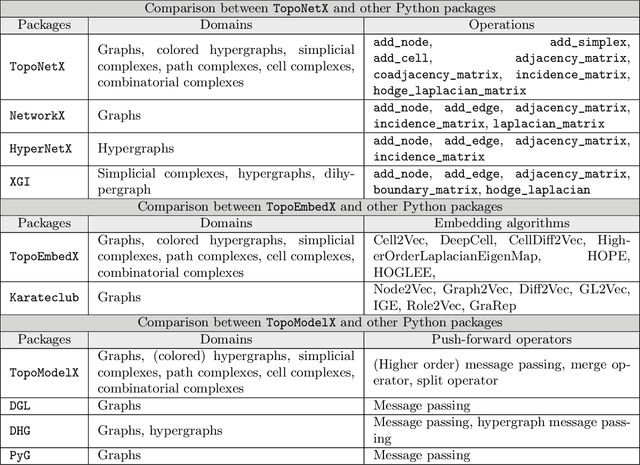
Abstract:We introduce topox, a Python software suite that provides reliable and user-friendly building blocks for computing and machine learning on topological domains that extend graphs: hypergraphs, simplicial, cellular, path and combinatorial complexes. topox consists of three packages: toponetx facilitates constructing and computing on these domains, including working with nodes, edges and higher-order cells; topoembedx provides methods to embed topological domains into vector spaces, akin to popular graph-based embedding algorithms such as node2vec; topomodelx is built on top of PyTorch and offers a comprehensive toolbox of higher-order message passing functions for neural networks on topological domains. The extensively documented and unit-tested source code of topox is available under MIT license at https://github.com/pyt-team.
Generalizing Topological Graph Neural Networks with Paths
Aug 13, 2023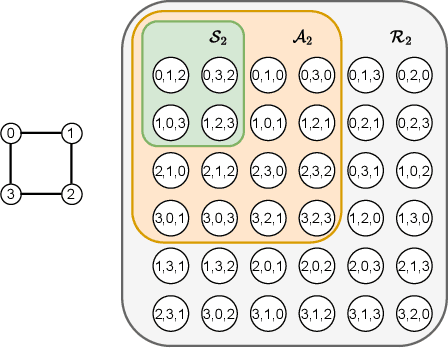
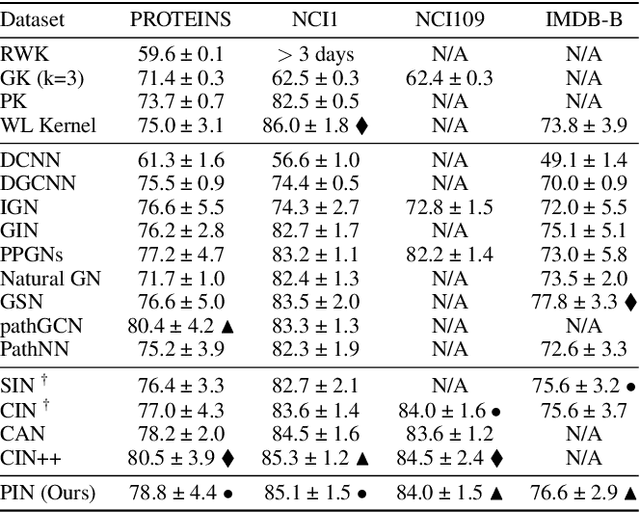
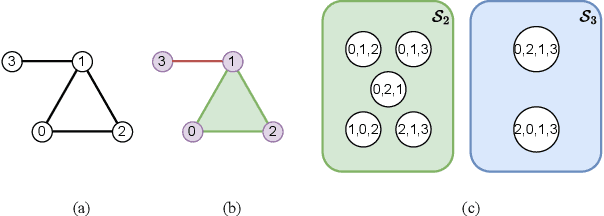
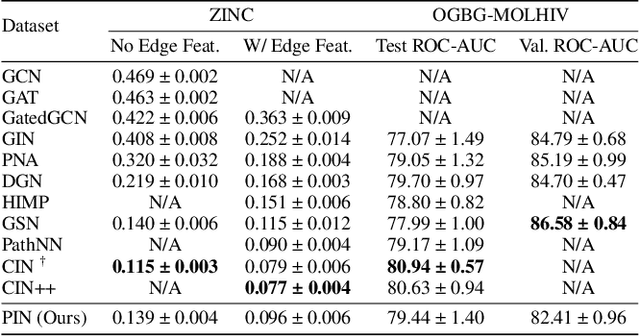
Abstract:While Graph Neural Networks (GNNs) have made significant strides in diverse areas, they are hindered by a theoretical constraint known as the 1-Weisfeiler-Lehmann test. Even though latest advancements in higher-order GNNs can overcome this boundary, they typically center around certain graph components like cliques or cycles. However, our investigation goes a different route. We put emphasis on paths, which are inherent in every graph. We are able to construct a more general topological perspective and form a bridge to certain established theories about other topological domains. Interestingly, without any assumptions on graph sub-structures, our approach surpasses earlier techniques in this field, achieving state-of-the-art performance on several benchmarks.
Image-based Vehicle Re-identification Model with Adaptive Attention Modules and Metadata Re-ranking
Jul 03, 2020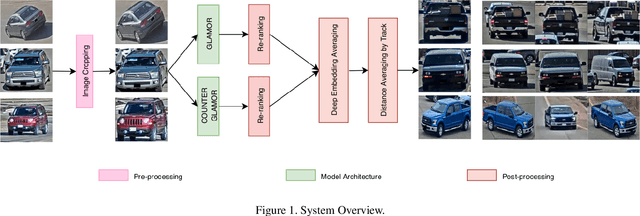
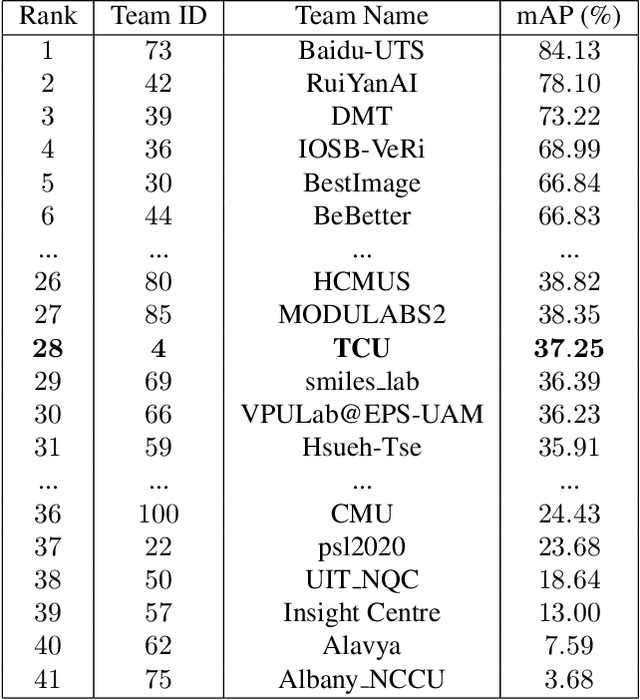

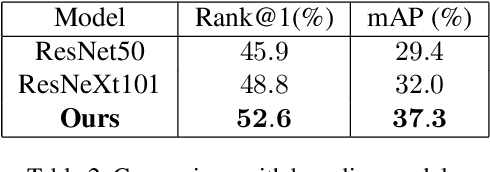
Abstract:Vehicle Re-identification is a challenging task due to intra-class variability and inter-class similarity across non-overlapping cameras. To tackle these problems, recently proposed methods require additional annotation to extract more features for false positive image exclusion. In this paper, we propose a model powered by adaptive attention modules that requires fewer label annotations but still out-performs the previous models. We also include a re-ranking method that takes account of the importance of metadata feature embeddings in our paper. The proposed method is evaluated on CVPR AI City Challenge 2020 dataset and achieves mAP of 37.25% in Track 2.
 Add to Chrome
Add to Chrome Add to Firefox
Add to Firefox Add to Edge
Add to Edge